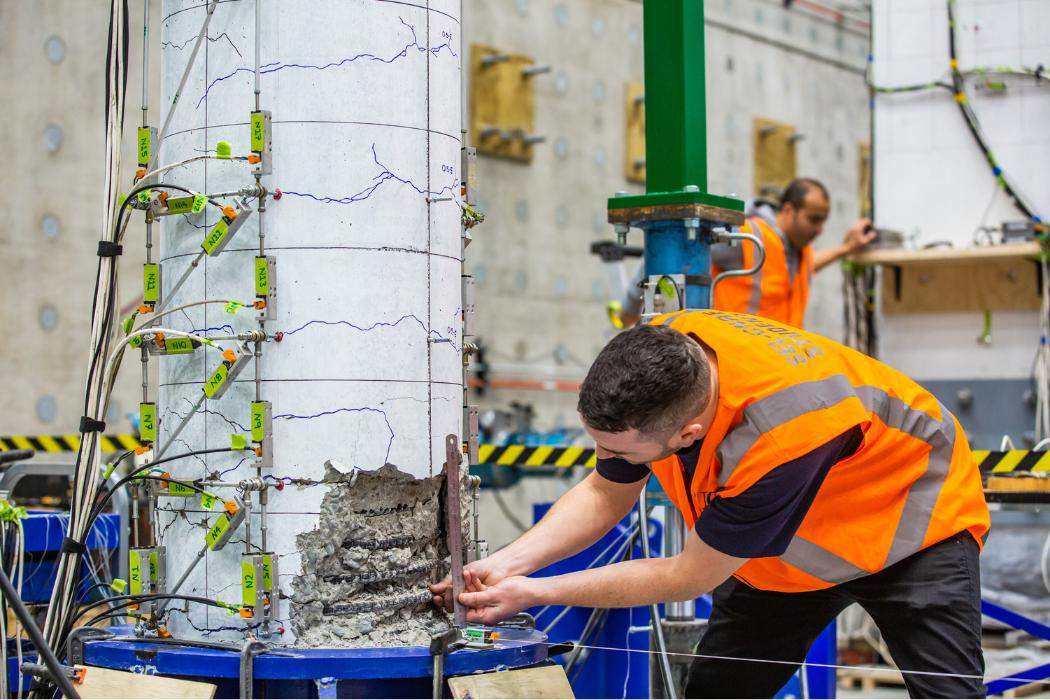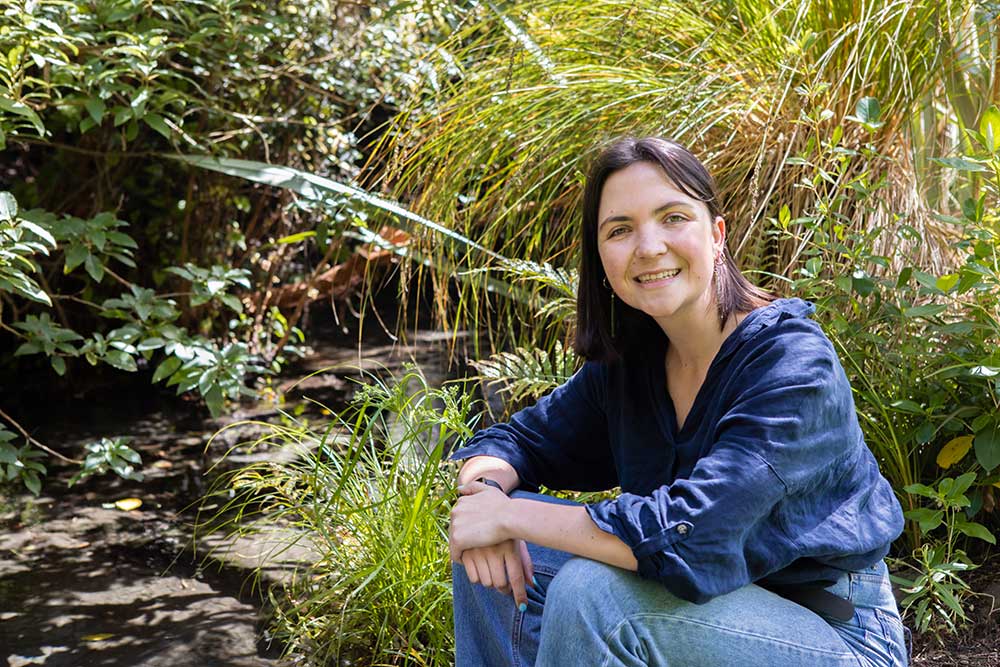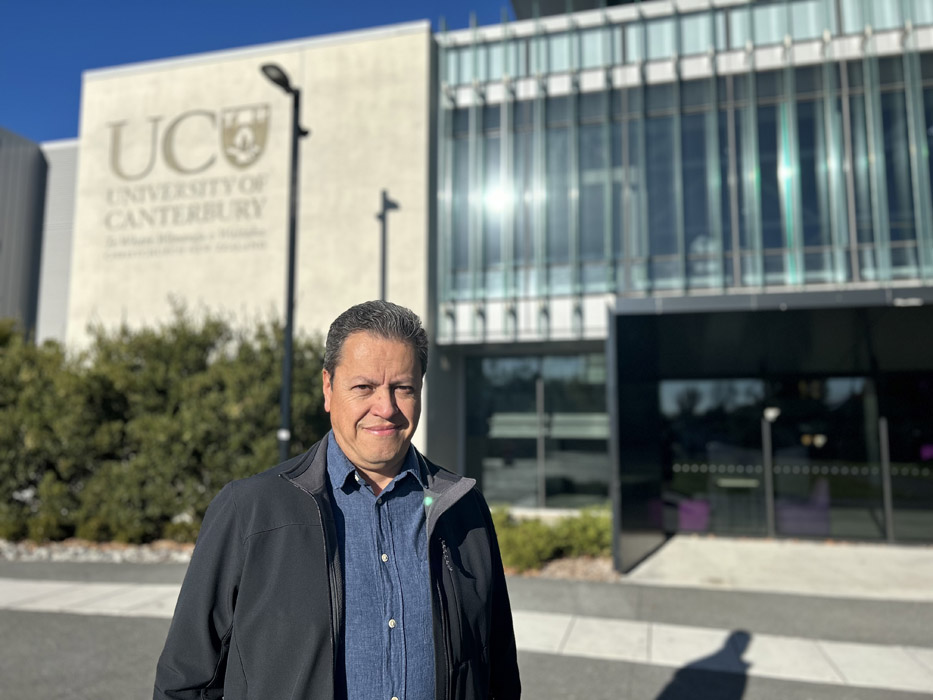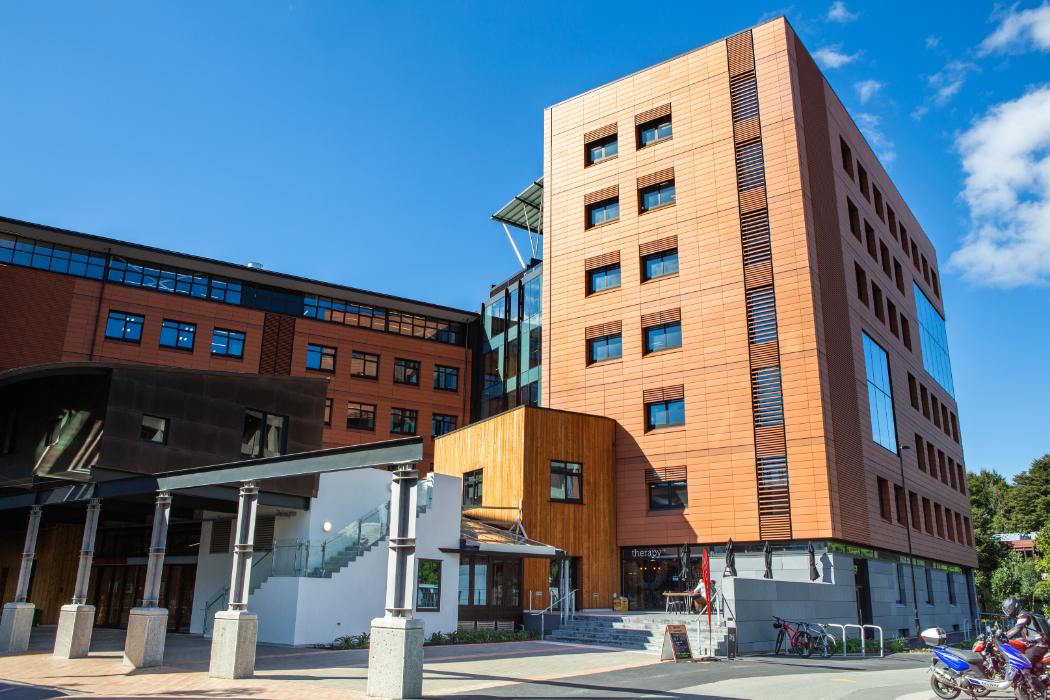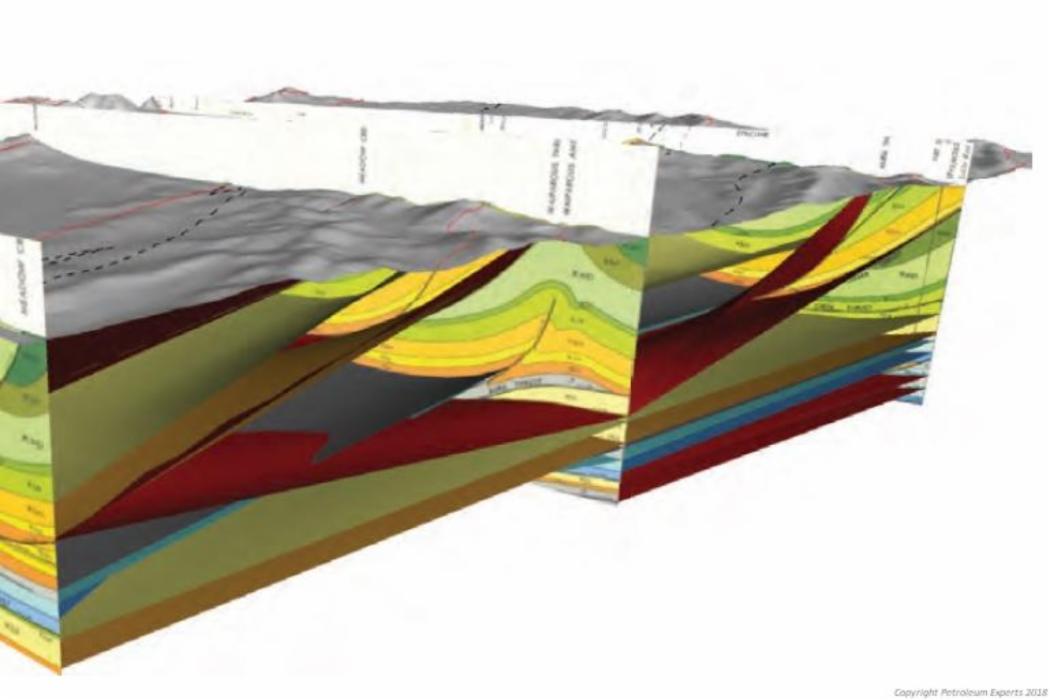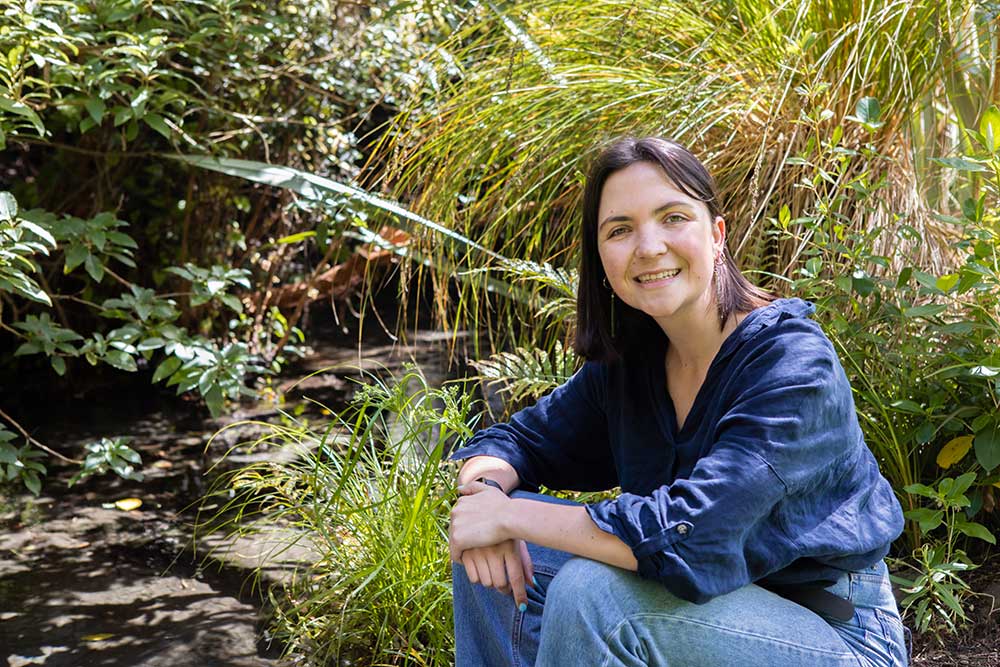What is Civil and Natural Resources Engineering?
We design and maintain community buildings, water systems, airports, roads and transportation and city infrastructure.
You can study a large variety of specialisations as part of your studies, these days Civil and Natural Resources Engineering is not just the planning and building of roads and large buildings, it has expanded to include:
- environmental issues such as reducing pollution and waste management;
- humanitarian engineering, where we help developing communities to improve their quality of life by sharing knowledge and skills;
- management engineering, where we learn how best to manage large projects efficiently and effectively;
- renewable energy, where we build power plants and also design sustainable buildings; and
- systems engineering, where you take a holistic big-picture viewpoint, looking at how cities should evolve to better protect the land, sea and air that we live in.
So, use your desire to make things (and make them better), your analytical mind, your creative self and problem-solving abilities to create a career path that is full of opportunities and really does enable you to engineer the future of our society.
A career in Civil and Natural Resources Engineering means you can have a tangible impact on the world you live and work in, helping your tangata (people) live better lives, caring for Aotearoa and creating the world you want.
Be empowered to make a difference.
Why study the Bachelor of Civil Engineering (Honours) with us?
- Our Department is top-ranked worldwide. For example, Top 41 by Shanghai (2024), and Top 50-100 by QS (2024).
- We have new, high-tech laboratories all right on campus.
- Our staff are world-leading researchers.
- We offer Minors in Water and Environmental Systems and in Structural Engineering, or you can take electives in an area of your interest.


